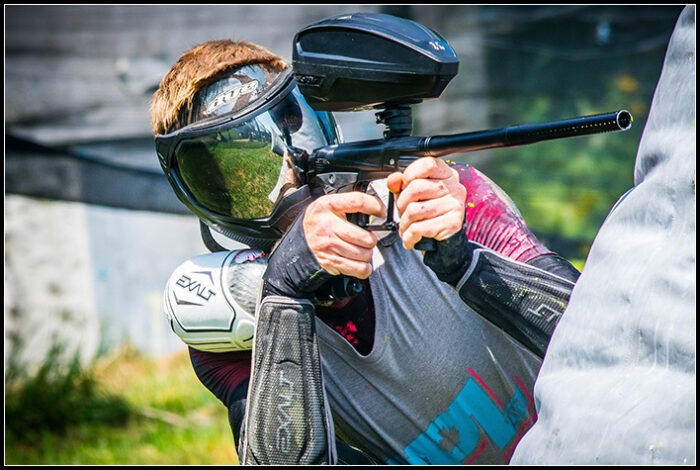Mirror Finish means the surface of the metal can clearly reflect the image.
This is an ideal synonymous with a very good roughness after the mechanical cutting process. It is also the most effective state to improve the service of the mechanical components.
Roughness means the quality of the surface of the mechanical processing refers to the microscopic unevenness of the processing surface after the mechanical processing. It is marked by the three codes of RA \ RZ \ RY and a number.
When the surface roughness of the workpiece is RA <0.8um, it is called the mirror surface finish. The surface quality directly affects the physical, chemical and mechanical properties of the processed parts.
The work performance, reliability, and life of the product depends on a large extent on the surface quality of the components. In other words, the surface quality requirements of important parts are much higher than ordinary parts. This is because the surface quality parts will significantly improve parts’ abrasion resistance, corrosion resistance and fatigue.

No matter what kind of processing is processed, a slightly uneven knife marks will be left on the surface of the parts. And the peak and valley phenomenon of staggered undulating can be seen. The surface after processing can be seen visually. The uneven marks can be observed under magnifying glass or microscope.
This is the surface roughness after manufacturing processing, which was called surface smoothness. The national stipulated parameters of the surface roughness consisting of height parameters, spacing parameters and comprehensive parameters.
The mechanical processing methods obtained to the mirror surface are: removing material methods, non -cutting methods (rolling processing).
The processing methods of removing materials are: grinding, grinding, polishing, and electric sparks.
The non -cutting process is: rolling (using mirror tools), squeezing.
In addition to the graphics and size, the parts map must also have some quality requirements that the manufacturing parts should meet, which are generally called technical requirements. The content of the technical requirements is usually: surface roughness, size tolerance, shape and position tolerance, material and heat treatment, surface treatment, etc. Bellows are the surface roughness and the methods.
Machining methods:
Surface feature / roughness (RA) value / processing methods
Visible Machine Marks / Ra100, Ra50, Ra25/ coarse milling/ turning, drilling holes
Machine Marks slightly seen / Ra12,5, Ra6,3, Ra3,2/fine turning, grinding, reaming
Mirror without machine mark/ Ra1,6, Ra0,8, Ra0,4/ honing, polishing, superfinishing
Dark glossy surface/ Ra0.2, Ra 0.1, Ra0,05/ honing, polishing, superfinishing
How to Select Surface Roughness for Paintball Barrels
The selection of surface roughness parameter values should not only meet the functional requirements of the parts, but also consider economic rationalities. When selected, you can refer to the existing part to determine the analog method. Under the premise of meeting the functional requirements of the parts, the larger surface roughness parameter value should be selected to reduce the processing cost. Generally speaking, the working surface of the parts, the surface of the coordination, the surface of the seal, the high movement speed, and the friction surface of the unit pressure are high, etc., the surface is high and smooth, and the parameter value should be smaller. Non -working surfaces, non-cooperative surface, and low -dimensional accuracy, the parameter value should be the relationship between the parameter RA value and the processing method and its application instance, which can be used for reference.
The demand of inner bore of a paintball barrel or an insert, from the above reason, we recommend the inner bore to be Ra 0.4 or less, while the outer bore can be Ra 0.8 or less.
